Sightseeing Spots
Search Results314
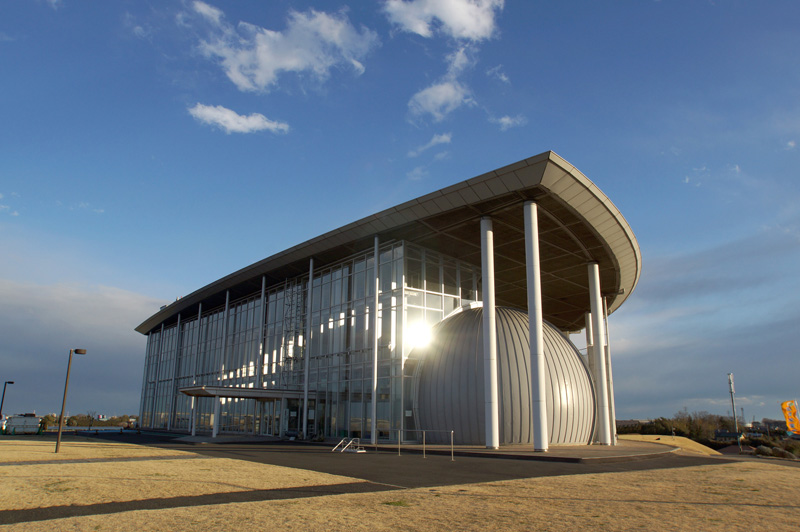
This facility, marked by its unique outer appearance, is a comprehensive learning facility with a planetarium, astronomical observation room, large-screen displays, hands-on learning rooms and workshops. There is also an attached restaurant, farmers market and the Ukino Miso processing facility. The planetarium was renovated and reopened on March 22nd, 2015. It features the latest monocular ultra-high resolution 8K-compatible digital projector, that can project realistic and powerful images of the starry skies and outer space, giving hope and excitement to people of all ages.
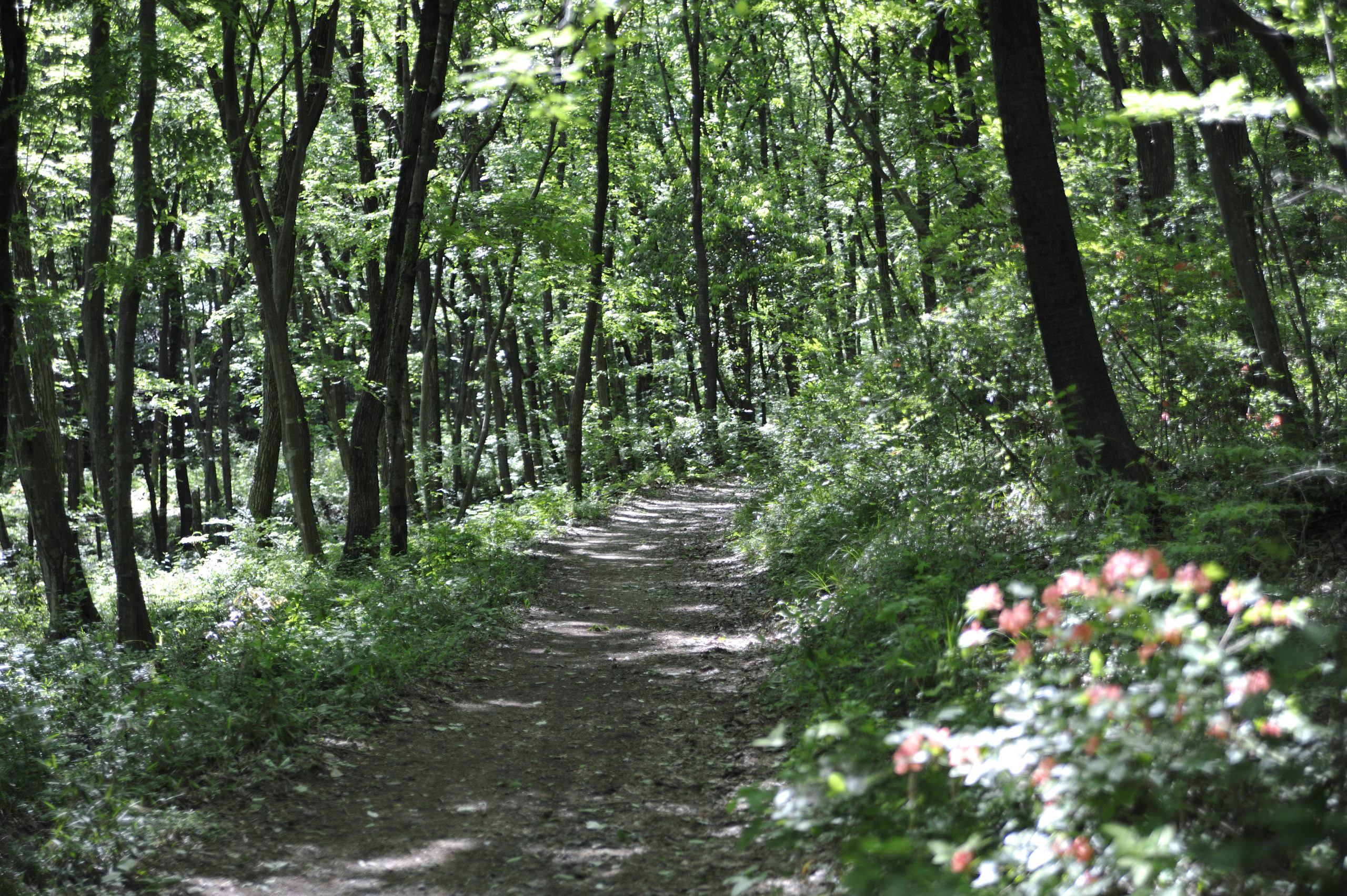
In the rural moutain village satoyama of Ishizaka no Mori, you'll be surrounded by lush nature. Visited by many as a place for finding health and purpose, one can gain a deeper understanding of ecosystems and nature conservation. Be the first to experience the new face of rural Japan, in the satoyama of Ishizaka no Mori.
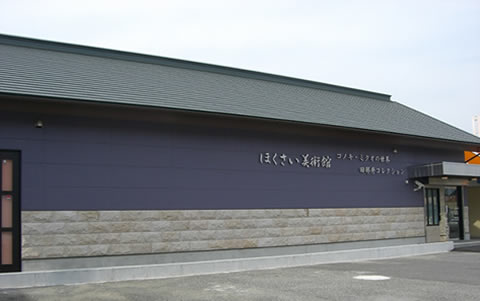
This museum exhibits the collection of pictures and sculptures owned by art collector Tabei Jinichi. In addition to the exhibitions of famous painters, the artworks of artist Konoki Mioku are also permanently exhibited.
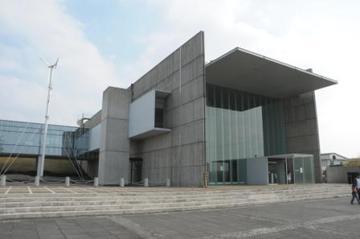
The Center for Environmental Science in Saitama is a core institution of environmental sciences which combines an environmental education center and the national institute for environmental studies in one facility. We offer various exhibitions and events through which local residents can study about the environment. Renovations were completed in 2020, and a new exhibition hall, “Sai Kankan,” has been added. Please come and see the changes for yourself in this eye-catching renewal! The giant theater in Sai Kankan Dome has an enormous screen that fills your entire field of vision. There are two shows: “A Chapter on the Earth’s Environment,” which takes on global environmental issues, and “A Chapter on the Biological Environment,” which views environmental issues through the lens of a dragonfly. There are 42 seats available.
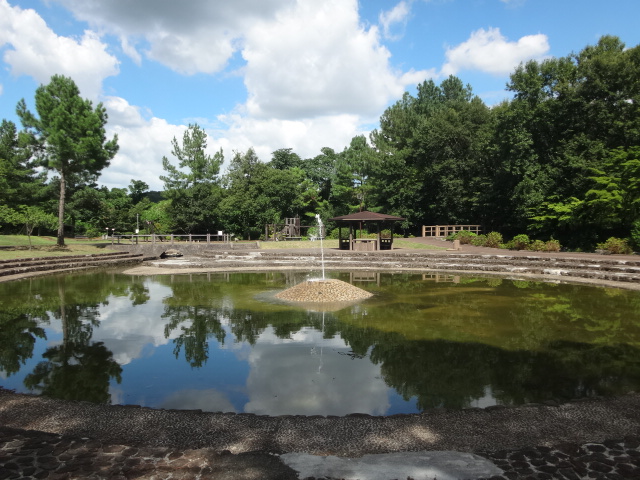
Hatoyama Farm Village Park is a park that is free of charge to enter, surrounded by water and greenery. The park is popular with families and used as a resting spot throughout the year.
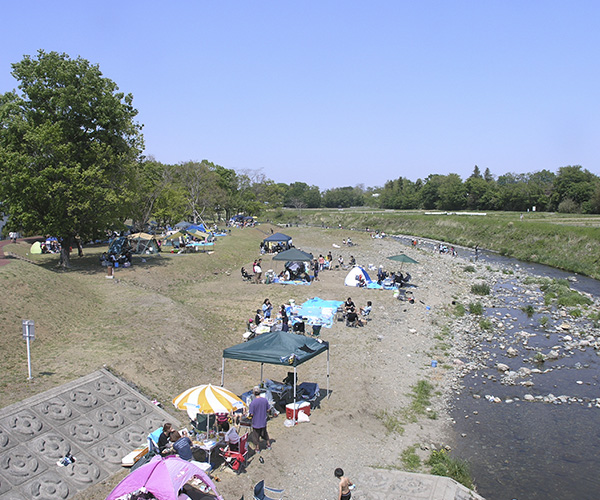
This barbecue area opened along the river in 2013 is the first in Tokyo to be operated by a private company. Reserve your favorite spot by the Toki River and enjoy barbecuing in the great outdoors!
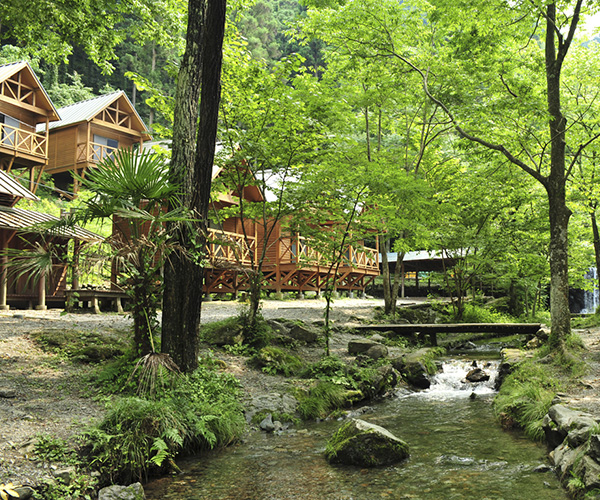
This campsite is surrounded by trees and located in the ravine alongside the Tokigawa River. The facility is well-equipped with a building for cooking, showers and restrooms, making it a safe place to have fun camping. Japanese salmon and char fish swim in the nearby shallow river, giving visitors an up-close-and-personal experience with the great outdoors.
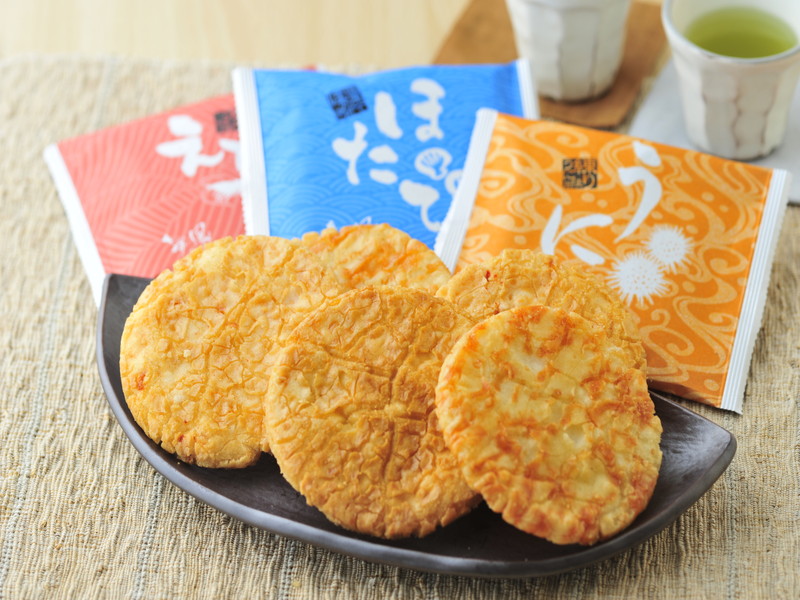
Our rice crackers (senbei) are available from a purchase of one cracker. We have more than 30 flavors available. Our senbei are individually wrapped to make them easier to eat, and gifts and seasonal Japanese sweets are also available. There is an “Inauguration Festival” in mid-April, a “Thanksgiving Festival” in mid-October, and a “Thank You Fair” at the end of June and November.
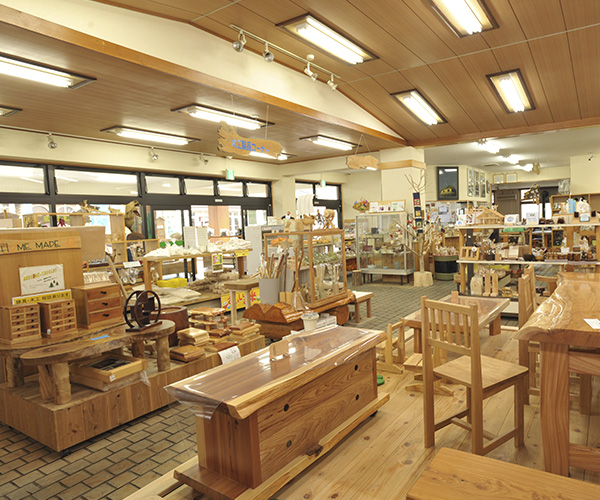
Tokigawa Town, prosperous in local lumber production, is one of the largest producer of wood fixtures in the Kanto region. While our shop focuses on wood fixtures, we also sell furniture, handicrafts and agricultural products made with warmth and care by our master craftspeople. We also accept consultations for made to order wood fixtures and furniture. How about owning your own one-of-a-kind item?
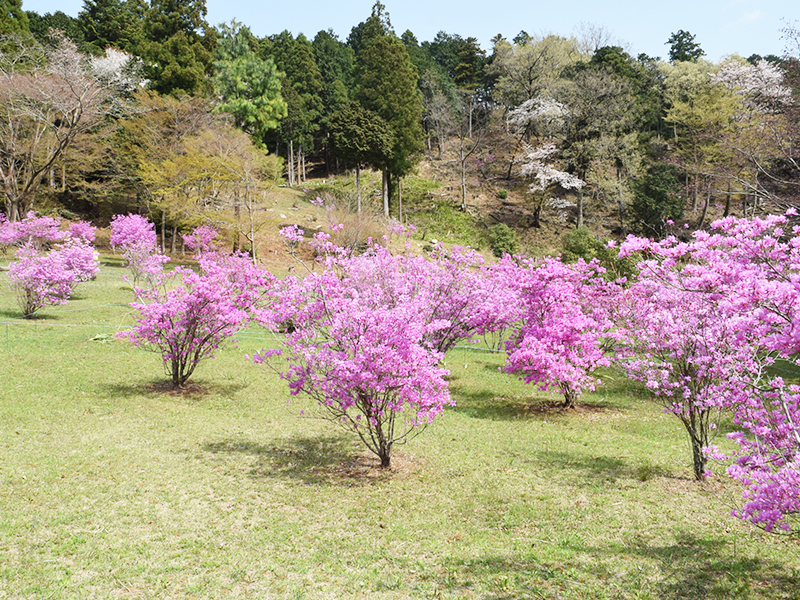
This flower garden, dedicated to a variety of early-blooming azalea called Rhododendron dilatatum (mitsuba tsutsuji), was born from the cultivation of this piece of mountain forest over a span of 10 years. In early April, roughly 2500 flowers bloom creating a world of stunning floral beauty!
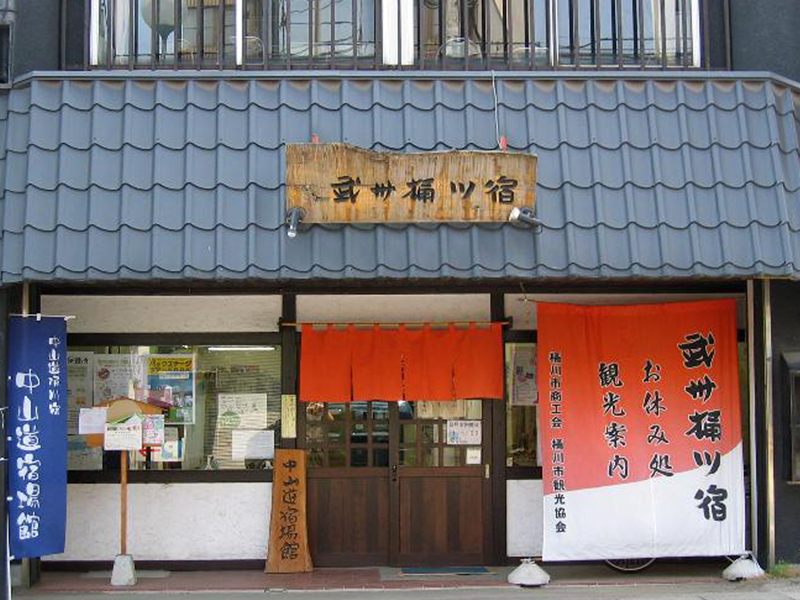
Okegawajuku, home to cultural properties such as Takemura Ryokan (former Hatago) and the residences of the Shimamura and Kobayashi families, is reminiscent of the past Nakasendo post town. The safflower, Okegawa's specialty, brought wealth and culture to Okegawajuku, and can be seen at the Okegawa Inari Shrine on the stone lanterns donated by safflower merchants.
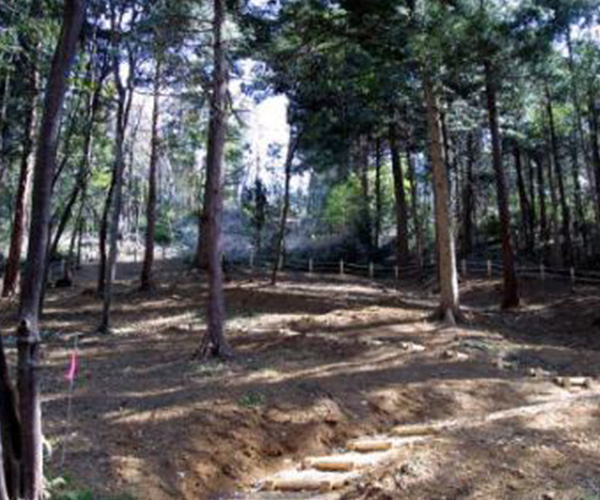
This is a newly developed park in Hatoyama Town, with two large fir trees designated as “Hatoyama Town Scenic Trees." There is also the Midoyama near the entrance, the adjoining 88 temples of Takanokura and the yew oak of Hachiman Shrine, designated as a natural treasure by the town, allowing visitors to enjoy the “four seasons” of Hatoyama.
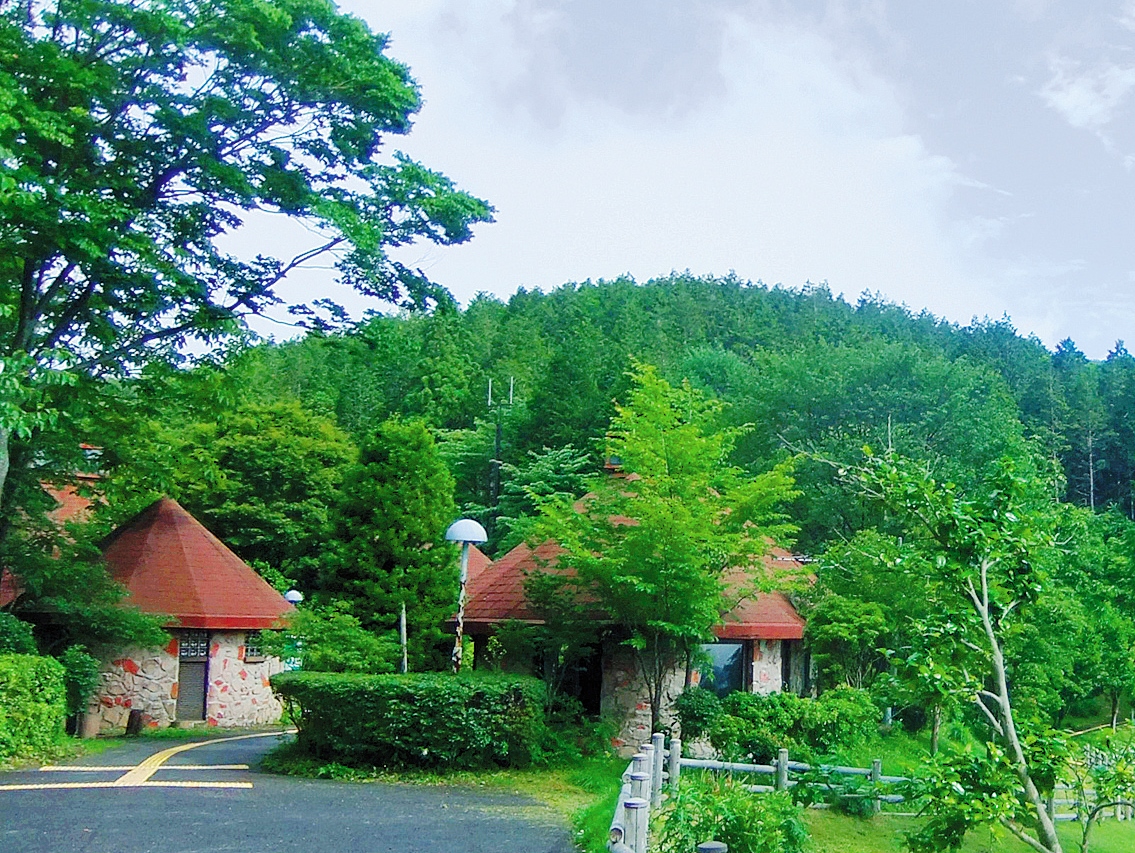
The Saitama Prefectural Forest Park "Kenmin no Mori" is a recreation area that spreads northwards of Mt. Maruyama (altitude 960m). You can enjoy the forest and wild grass of each season, see flowers and trees that you’ve only seen in photos, and meet animals in their natural state. Enjoy a heart-warming and refreshing experience!
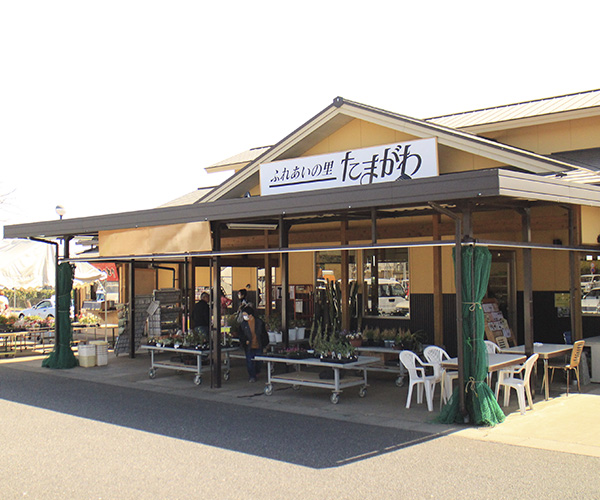
This facility was built in 2006 for "farmers and merchants" as a center for regional revitalization. The shelves are lined with fresh vegetables and locally processed foods. Please visit here for inquiries related to use of the nearby “Kawa no Hiroba BBQ" (river sqaure BBQ area). Our mascot character "Norabitan," based on the local delicacies Norabō-na (Norabō greens) and Ao-Nasu (blue eggplant), is waiting together with us for your next visit!
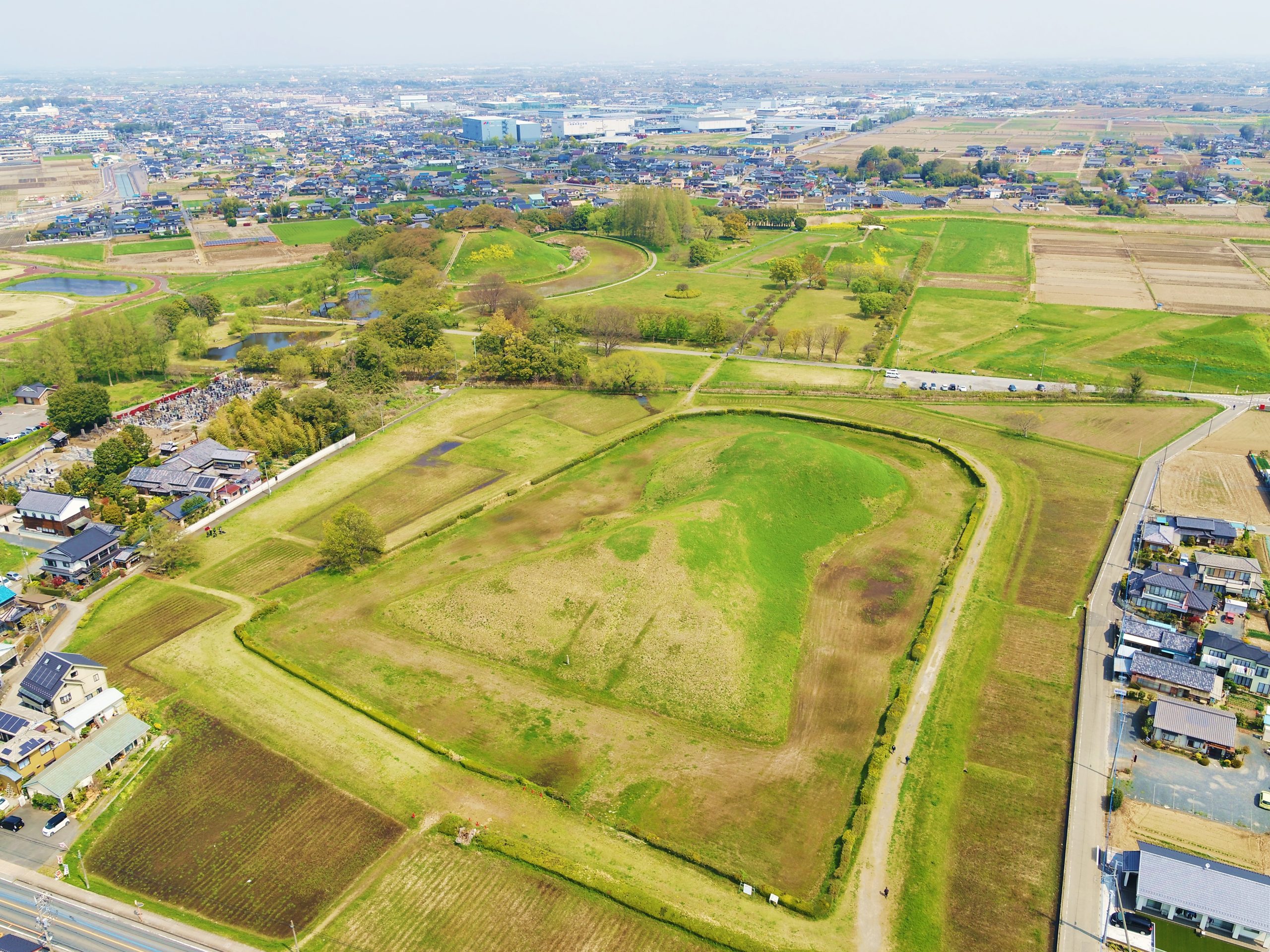
Many valuable cultural properties are stored here, such as the “Sakitama Kofun" (megalith tombs) built between the late 5th century and early 7th century and the national treasure “Musashi Sakitama Inariyama Kofun Artifact." At this facility you can also climb both the Inariyama Kofun and Maruhakayama Kofun. (For more information regarding the facility, please refer to the URL below.)
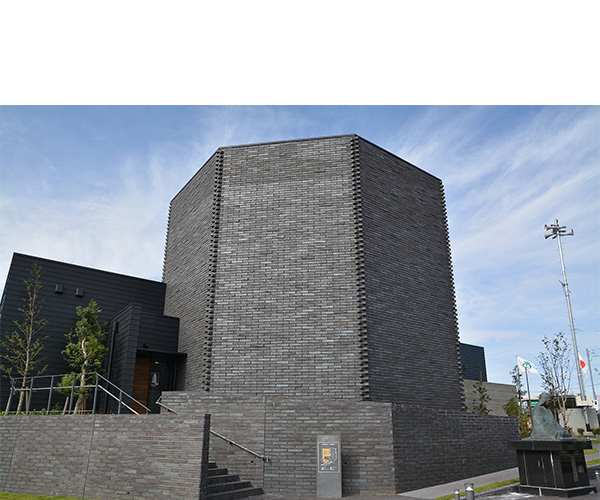
The Hanawa Hokiichi Memorial Museum commemorates Hanawa Hokiichi, a blind scholar of Japanese studies (kokugaku) in the mid-Edo period. Apart from the famous collective title Gunsho Ruijyū and its raw lumber, there are approximately 200 archives on display inside the building. You can see a hand-stitched purse from his mother, a treasured possession he held dear throughout his life, and many other personal articles. The exhibition room also has a section for videos and audio tours.
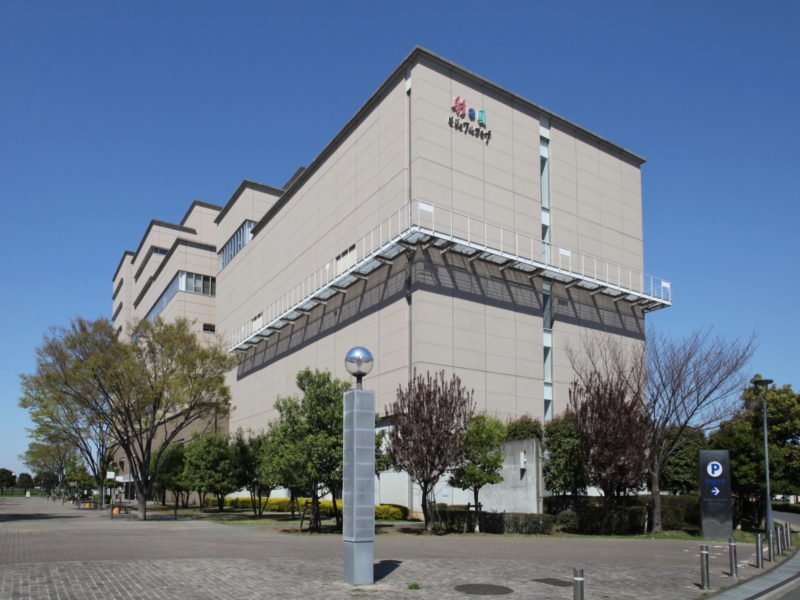
This is the main facility of the SKIP City Project, the project goal of which is to introduce and accumulate information for the next-generation of the audiovisual industry. For the general public, the facility contains a participation-based "audiovisual museum" where people of all ages can learn video production, an "audiovisual library" where visitors can watch culturally significant movies and TV programs, and an "audiovisual hall" to enjoy film showings and various events. ※ For more information regarding the facility, please refer to the URL below.
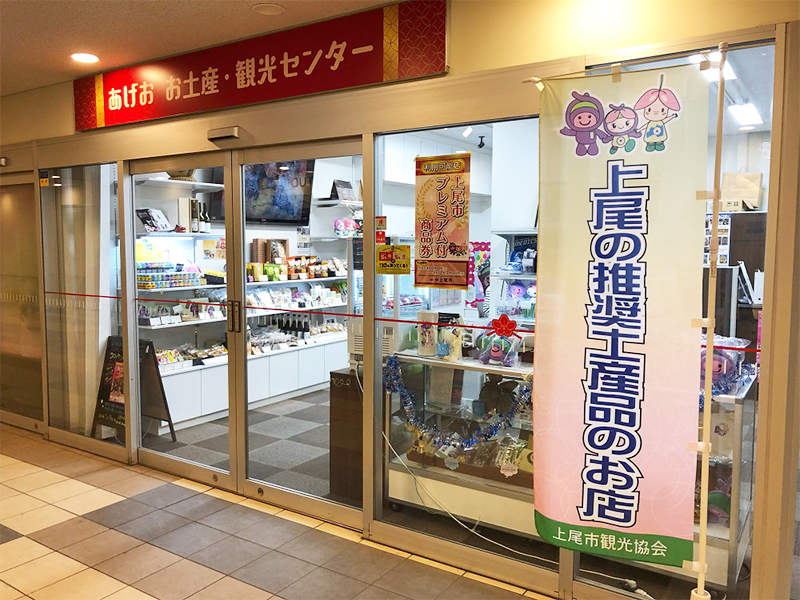
You can buy souvenirs recommended by the Ageo City Tourism Association here! They also sell tickets for Saitama Ageo Medics and commuter passes for the Tobu and Asahi Buses.
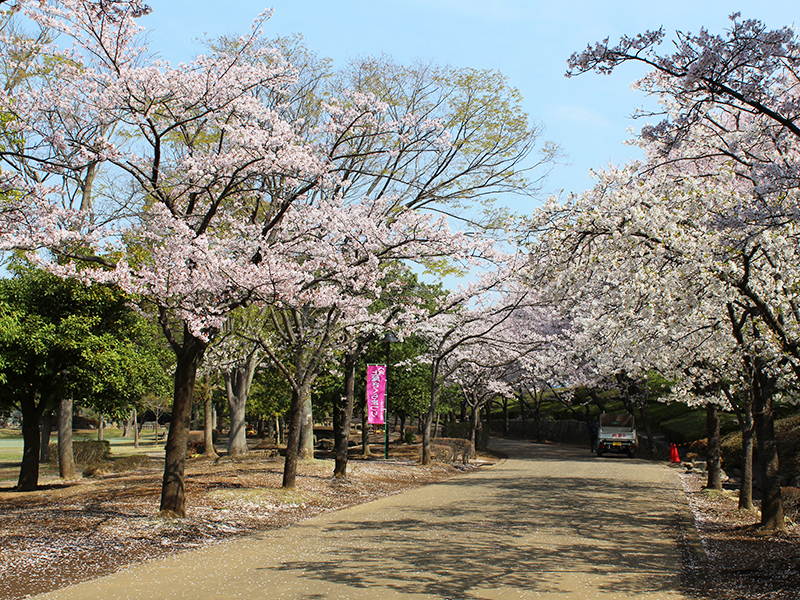
Ageo Maruyama Park was opened in 1978 with the theme "a harmony of greenery and water." It has a small animal corner, a children's amusement park, a barbecue area, a nature learning center, and a large pond, making it a popular place to visit.
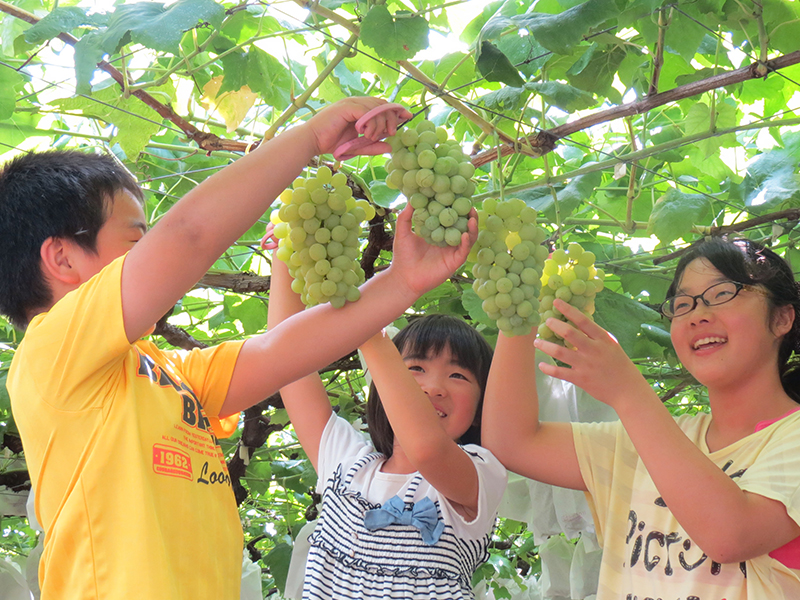
Please contact the farms listed in the link below for information about grape picking in Yokoze Town! Prices vary depending on the type of grape. You can also purchase grapes at the Ashigakubo Roadside Station (The farms will ship grapes when they are ready to eat. We apologize for any inconvenience if they are sold out). All farms incorporate appropriate hygiene precautions for a safe and comfortable visit.

12 million cosmos flowers bloom on the 8.8 hectare fields along the Arakawa riverbank. Surrounded by a sea of cosmos flowers, you can enjoy an impressive view of the Chichibu mountain range and Mt. Fuji. The best time to see the cosmos flower is in mid-October, but poppies can also be enjoyed in May. At the Cosmos Festival in mid-October, the area is lively with stage events, refreshment stalls, and cosmos picking events.
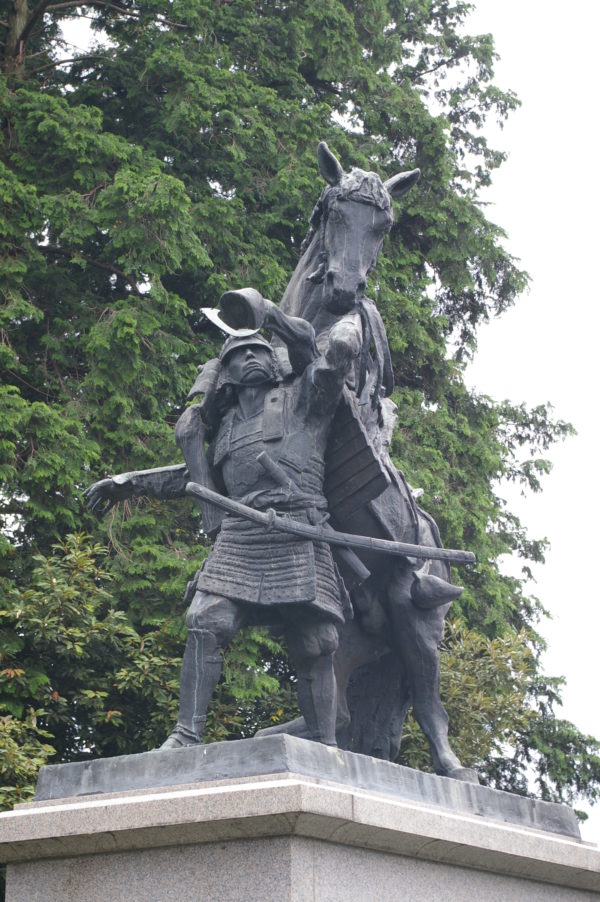
This is the site of Hatakeyama Shigetada's mansion, which is maintained as a park. In the park there is a five-story pagoda, said to be the grave of Shigetada and his vassals, a well said to be where Shigetada had his first bath after birth, and a bronze statue of Shigetada himself.
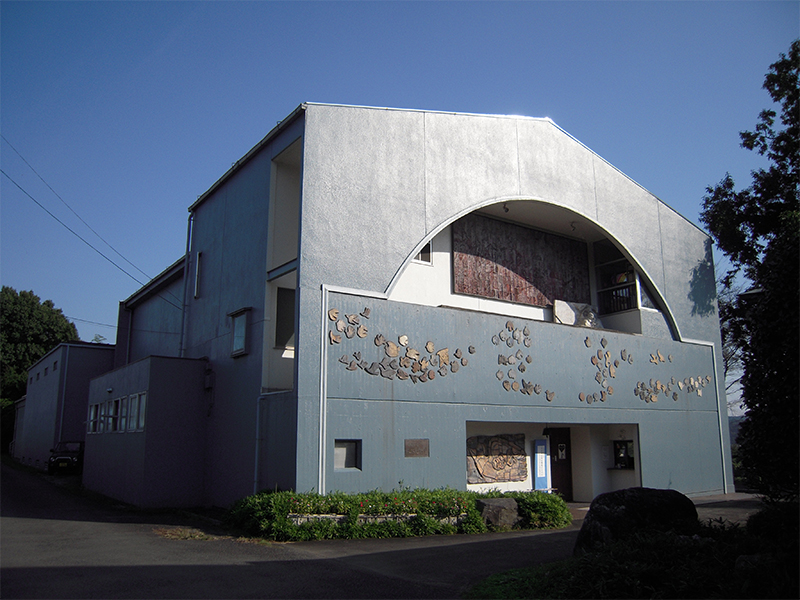
Maruki Gallery for the Hiroshima Panels was built by the collaborative husband and wife artists, Toshi and Iri Maruki, to create a place to exhibit their work "The Hiroshima Panels," 15 panels depicting the effects of the atomic bombings of Hiroshima and Nagasaki. In 1966, they moved to Shimogarako, Higashimatsuyama City, opened the Maruki Gallery for the Hiroshima Panels the following year, and then spent more than 30 years completing all 15 panels. The museum also holds special themed exhibitions, lectures, concerts, and other events on the theme of life and war.
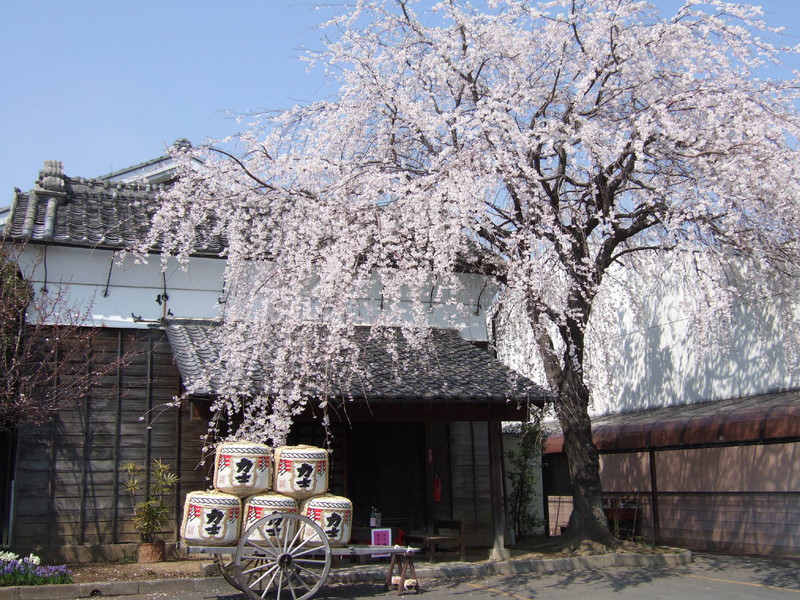
With old storage houses dating from the second half of the Edo period to the Shōwa era, visitors can feel the charm of an authentic sake brewery. The historic Tamashiki Shrine and Kisai Castle are nearby, and there is a promenade set up for a relaxed stroll in the countryside.
This site uses cookies to improve the user experience. If you continue to browse, you consent to the use of cookies on this site. Accept
CONTACT
